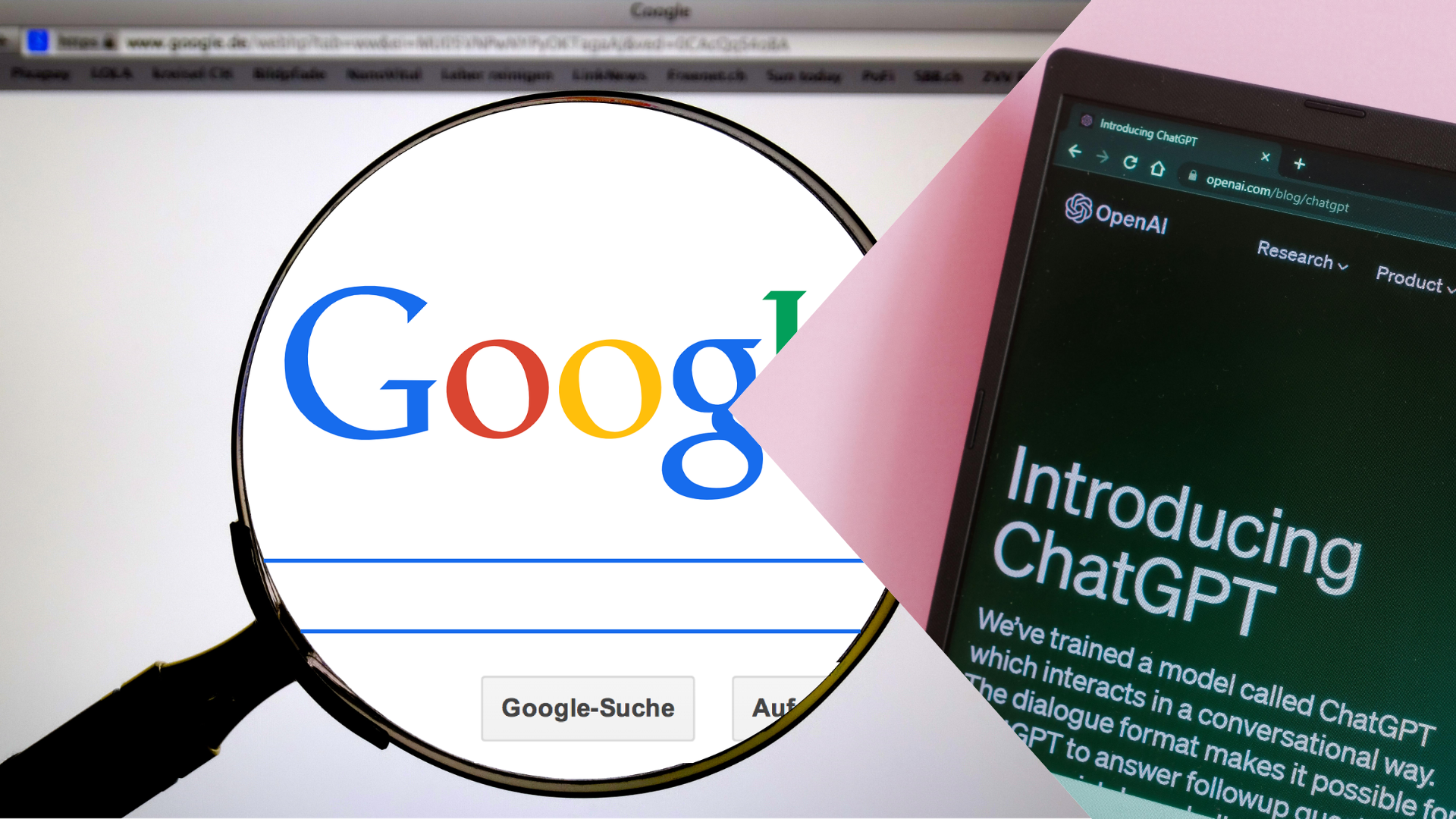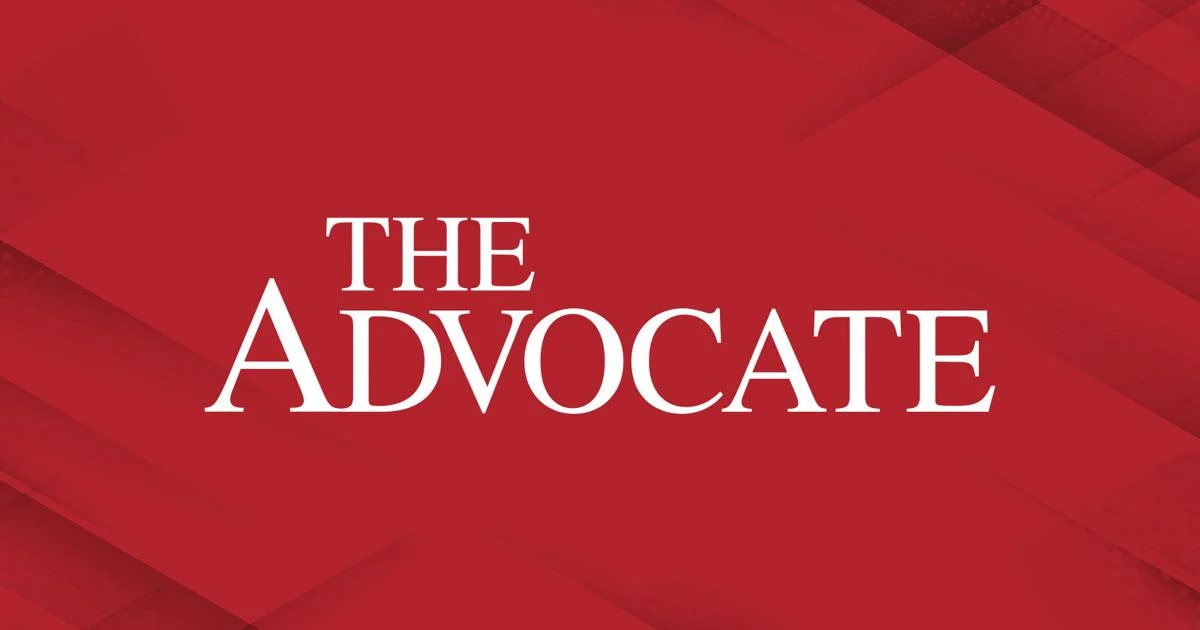Copyright thenewstack

Today, leaders and tech practitioners alike find themselves behind the wheel of powerful AI engines. One of the buzziest new features of these vehicles? The self-driving capabilities of agentic AI. With each new rollout offering more autonomous capabilities than the last, teams at every level should align on their optimal autonomy versus trust strategy, much like they would when building out a car. Should the AI vehicle be self-driving, have advanced driver-assistance systems or rely on a human-driven approach? And how can the organization measure the trustworthiness of each option for all stakeholders? Creating these best practices is essential to sustainable AI deployment. This balance of AI autonomy versus trustworthiness doesn’t just inform technical implementation; it should shape the way the organization builds AI systems. Then, all can confidently integrate this balance into operations for regulatory compliance. To get started, it helps to have a crash course in AI autonomy, AI trustworthiness and how achieving their balance can calibrate organizations for responsible innovation. Buckle up. Looping in the AI Autonomy Spectrum When determining the most appropriate level of AI autonomy and strategizing its deployment, consider autonomy itself as a continuum. Just as self-driving cars operate at varying levels of independence, AI systems also exist along a spectrum of autonomy. On one end of the spectrum, human-in-the-loop systems provide passive assistance and recommendations while giving humans control over final decisions. For instance, consider fraud detection systems that flag suspicious transactions for human review. Think of features like lane departure warnings or blind spot monitoring in a car. In the middle, human-on-the-loop systems operate under human supervision to execute tasks autonomously while maintaining oversight mechanisms. Advanced driver assistance systems exemplify this approach: AI handles routine driving tasks, just like cruise control, while humans maintain supervisory control. On the opposite end of the continuum, autonomous or human-out-of-the-loop systems operate independently within defined parameters, making decisions without real-time human intervention. Consider algorithmic trading systems, autonomous drones, self-driving cars in controlled environments and advanced manufacturing robots. Engineering Reliable Autonomy Teams also need to examine whether their organization can reliably deploy AI systems in production environments. The six pillars of trustworthy AI are the essential “safety features” — much like those in a car — that are designed into the system from the beginning. These include: Algorithmic fairness and bias mitigation across diverse populations and use cases, like an advanced braking system or precision sensors in a car that ensure consistent and impartial performance. Transparency and explainable AI as organizations, stakeholders and domestic and international law increasingly require AI systems to break down decision-making processes. This is akin to a comprehensive car diagnostics system Reliability and robustness in production to ensure systems perform consistently under various conditions, including edge cases and cyberattacks, just like a car’s robust engine. Clear accountability frameworks that include ownership structures, error handling procedures and compliance mechanisms aligned with regulatory requirements and internal policies, similar to car ownership or driver’s license records. Prioritizing data safety and security to safeguard sensitive data via privacy-by-design and cybersecurity measures much like a locked glove box with personal items. Human centricity, or designing AI systems to promote human well-being, uphold human agency and advance equity comparable to the ergonomic car design that prioritize driver comfort and safety. Blending Trust and Autonomy to Fuel the AI Engine When selecting an AI system, keep in mind that every implementation requires a distinct level of oversight. This includes determining whether performance gains from complex or black-box technology justify reduced explainability, particularly in regulated industries. The most powerful implementations, like deep learning, natural language processing and generative AI, come with heightened risk. AI agents represent the highest level of autonomy and tremendous potential for automation. They also present the most complex challenges to trustworthiness. Risk mitigation — including industry-specific and use-case-based approaches, rigorous testing protocols, verification processes, and content review — is among the most effective tools in the leader’s and practitioner’s kit for creating adequate guardrails. 5 Best Practices for Navigating Trust and Autonomy What does balancing trust and autonomy look like when kicked into high gear? It includes assembling a world-class AI ethics pit crew, revving up to high-stakes decisions with care and risk assessment at every turn. Better braking with context-driven risk assessment Leaders should prioritize AI deployment strategies that align autonomy levels with application criticality. Consumer recommendation systems can tolerate higher autonomy with moderate oversight of trustworthiness, whereas healthcare or financial applications require extensive validation and human oversight. Implement a trust-by-design approach Integrate trustworthiness requirements into AI development life cycles from conception through deployment. This includes establishing data governance protocols, implementing bias detection mechanisms and creating explainability requirements that align with business needs while continuously asking: For what purpose? To what end? For whom might this fail? Revving with care via incremental autonomy scaling For high-stakes applications, begin with human-in-the-loop implementations, and gradually increase autonomy as systems prove reliability and trustworthiness in production environments. This approach empowers organizations to build confidence while minimizing risks. Eyes on the dashboard: Continuous monitoring and governance Incorporate comprehensive AI monitoring systems that track performance metrics, detect anomalies and identify emerging biases. Governance frameworks need to include regular audits, performance reviews and update procedures to maintain trustworthiness over time. Go to a cross-functional team of AI ethics mechanics Assemble multidisciplinary teams that include technical experts, domain specialists, legal counsel and ethics professionals to guide AI deployment decisions and ensure alignment with organizational values and regulatory requirements. Driving the Trustworthy AI Age Just like autonomous vehicles, AI agents operate with a high level of independence, creating a shared and often blurred accountability. And as autonomy increases, trust becomes a blind spot unless responsibility is clearly defined. One of the most significant controversies for agentic AI is assigning accountability for autonomous actions. When an AI agent operating with high autonomy makes a decision or takes an action that leads to adverse outcomes, whether it’s an error, harm or a legal violation, determining ultimate responsibility gets tricky. Who’s liable: the developer, the deployer, the user or someone else? A lack of clear responsibility creates an accountability vacuum, eroding public trust and leading the organization into ethical quandaries and legal trouble. Ultimately, the deployment strategy for AI should balance greater autonomy with greater trustworthiness controls. If AI is given high independence, it requires high governance, transparency, rigorous testing for edge cases and defined liability models. The most critical applications require the most human oversight, and low-risk applications can run on monitored freedom and higher autonomy. Most of all, leaders must resist the temptation to make AI as intelligent as possible in pursuit of a competitive edge. Instead, every strategic decision should be informed by how trustworthy AI must be, and who’s going to be held accountable, before a human steps out of the driver’s seat. With guardrails in place, leaders can empower organizations to move forward safely and strategically.



